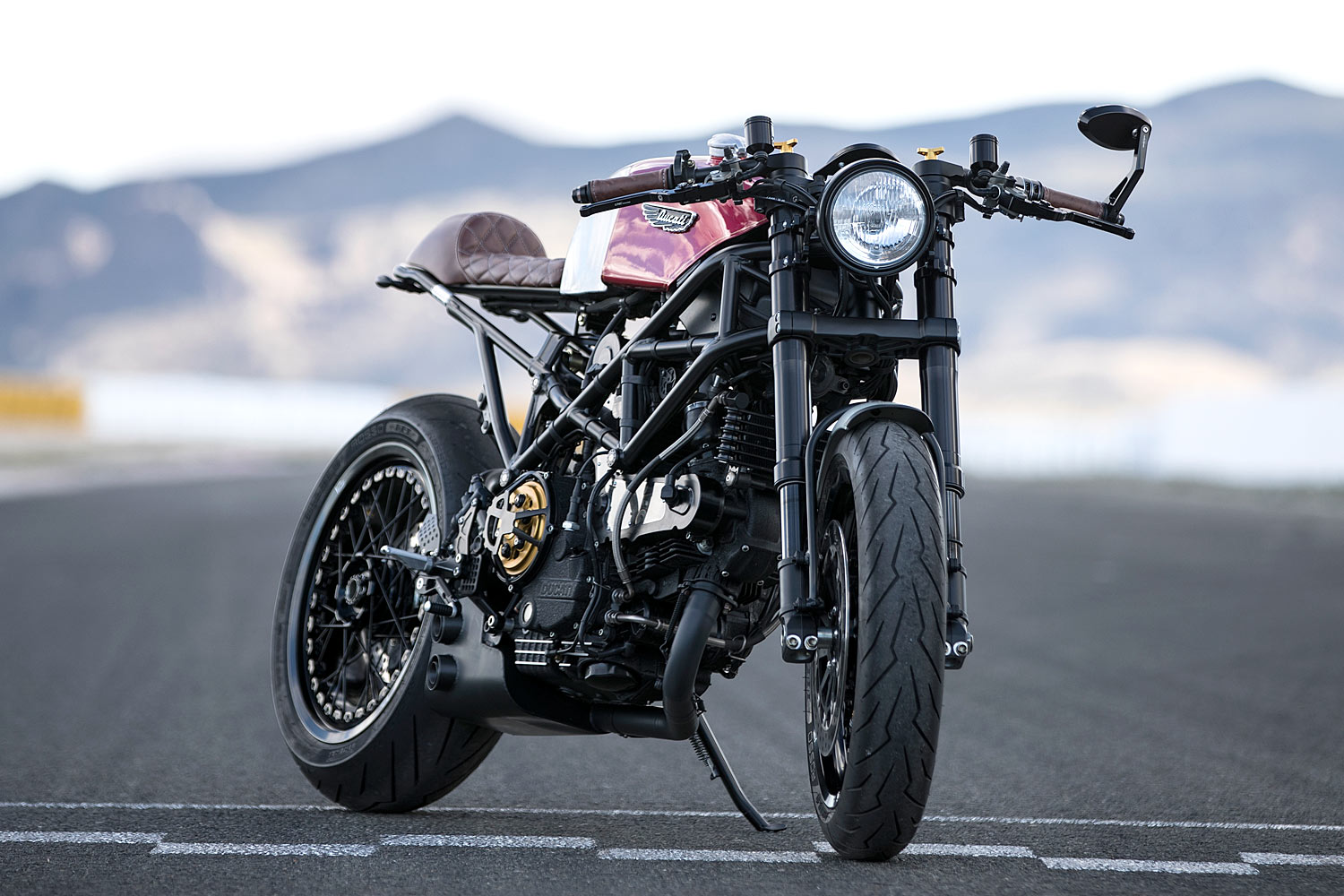

It rescued the Bologna factory from near insolvency and by 2005 accounted for half of Ducati’s global sales.Īlthough some considered it a “parts bin special” due to its expensive use of parts adapted from other Ducati models, the Monster’s muscular styling and paired back design struck a chord with street riders. When it was released in 1992 the Ducati Monster was a gamechanger for Ducati and the motorcycling industry as a whole. Gull Craft’s latest development however has seen them tackle an Italian-bred machine in the form of a first generation Ducati M900 – and boy oh boy the Monster has never looked so good! Instead Kengo has built an approachable offering of both universal and model specific fairings for many of Japan’s popular motorcycle marques. The range isn’t as outlandish as the bodywork of ID2000 though. But if that means we’re in the midst of a reemerging segment of motorcycles that balance minimalist good looks with performance to match, I say bring on the second coming of the cafe racer.Today, some 30 years after ID2000 broke cover, the Gull Craft catalogue contains more than 60 aftermarket FRP parts. Now that mass-market manufacturers are riding the appealing and lucrative wave of counter-culture, we indeed might just be at the peak of the cafe racer. You can still buy the Scrambler Icon and customize it yourself, but if you try and build your own version of Ducati’s Cafe Racer with it, you’ll easily spend more than the $2,400 price difference. Brands like Ducati now offer them directly from the factory. If you want a cafe racer in 2017, you no longer have to go combing through eBay Motors for a project bike or shell out a couple months’ rent for a custom-built job. But, in that respect, the Cafe Racer is true to its roots: it’s a sprinter, not a long-distance hauler - it’s a quick way to get from espresso to espresso, if you want to be cliché about it. Whereas I could easily ride the Scrambler Icon all day and then some, the Cafe Racer’s aggressive riding position took a slight toll on my shoulders and arms by the end of the day. They’re a few relatively simple changes that completely transform the bike - for better and worse. The result is an even more nimble, agile bike in tight corners and a more stable, racier bike through fast, flowing sweepers. Mechanically, Ducati shortened up the wheelbase, raised the seat height, stiffened the suspension, downsized the front tire to 17 inches and brought it closer to the rest of the bike and lowered the handlebars.

“Over the past two years we saw many, many from our customers, and we thought, ‘Why not do it ourselves?'” But, as with the Desert Sled, Ducati set out to make the Cafe Racer a different, more focused version of the original - an even better canyon carver - because “that’s what the people wanted,” says Scrambler Project Manager Claudio De Angeli.

The Scrambler Icon is a dream to ride, and I said as much when I got my first taste of it back in 2014. Like with the Ducati’s Desert Sled, the Cafe Racer expands on an ever-evolving Scrambler family tree - and not just with a fancy paint job and new wheels, either. Some might say Ducati cheated a little by adorning it with a black-and-gold paint job (everything looks better in black and gold cars, motorcycles, boats - even a house, if done right), but even that’s a callback to the brand’s own 900 Super Sport Desmo. Of all the cafe racers on the market, Ducati’s Cafe Racer draws beautifully from the company’s own history and presents as one hell of a modern-day motorcycle. I don’t mean to take away from what Ducati has done with the Scrambler brand. The name is a bit on the nose, and though it’s undoubtedly stunning to look at, where do we go from here? Now that so many manufacturers are cashing in on this counter-culture, have we hit peak cafe racer? The newest player in the segment is the Scrambler Ducati Cafe Racer. As of this writing, no fewer than six mainstream motorcycle brands make modern interpretations of the ‘60s street racers. The whole vintage trend hadn’t yet begun, and cafe racers were still a niche in a particular corner of counter culture. A few years ago, if you wanted a good-looking cafe racer–style motorcycle, you either had to find a custom bike shop to build one within your budget, or buy an old, used bike and wrench it yourself.


 0 kommentar(er)
0 kommentar(er)
